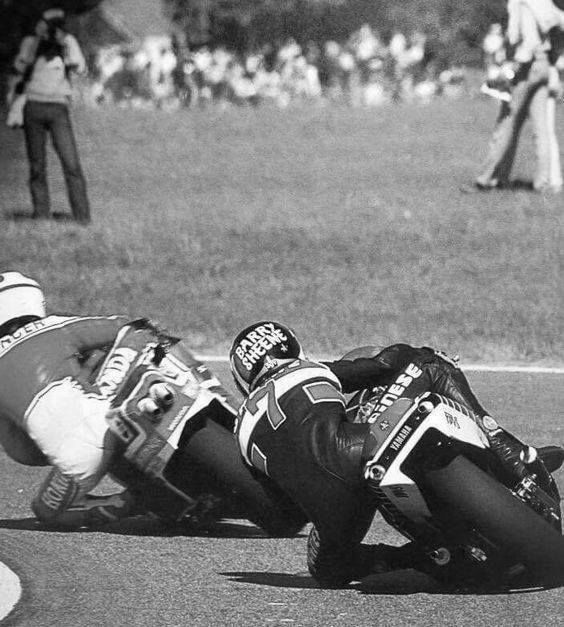Contact Patch size VS Friction Levels

"Contact patch size VS Traction"
Question Asked by: Mark S.
As an engineer, I know that friction does not depend upon surface area. As a car nut, I know that wider tires have better traction. How do you explain this contradiction?
Answer:
This is a good question and one which is commonly asked by students when friction is discussed. It is true that wider tires commonly have better traction. The main reason why this is so, does not relate to contact patch, however, but to composition. Soft compound tires are required to be wider in order for the side-wall to support the weight of the car. Softer tires have a larger coefficient of friction, therefore better traction.
A narrow, soft tire would not be strong enough, nor would it last very long. Wear in a tire is related to contact patch. Harder compound tires wear much longer and can be narrower. They do, however have a lower coefficient of friction, therefore less traction. Among tires of the same type and composition, here is no appreciable difference in 'traction' with different widths. Wider tires, assuming all other factors are equal, commonly have stiffer side-walls and experience less roll. This gives better cornering performance.
Answered by Daryl Garner, M.S., Physics teacher, Lawton, OK